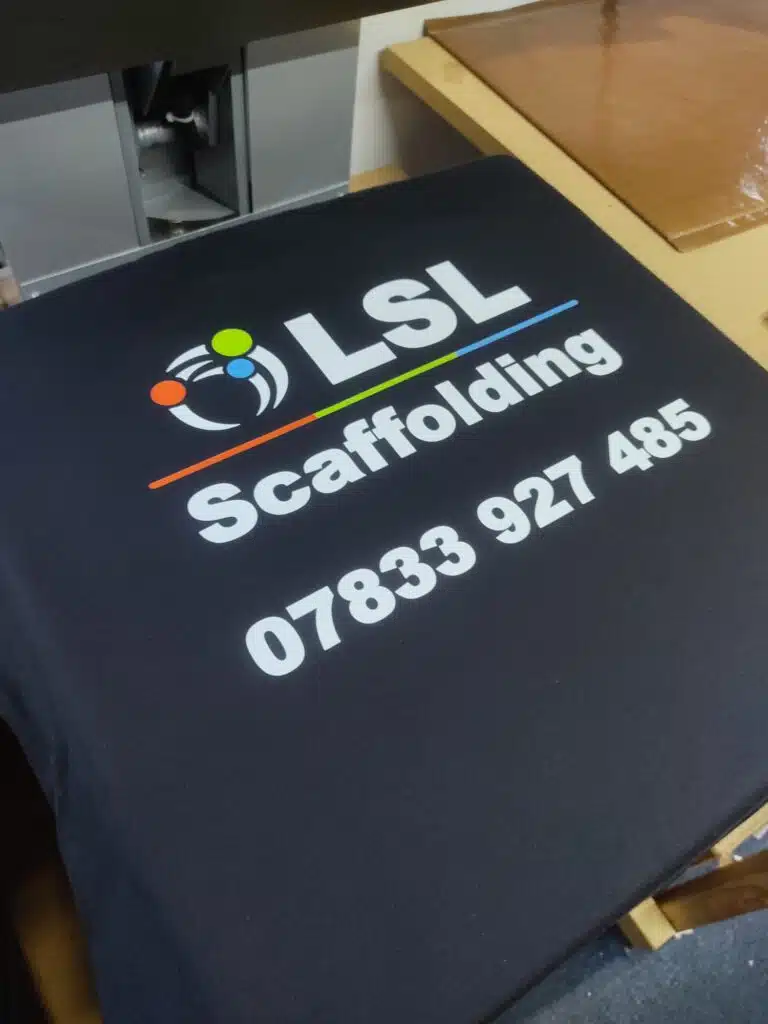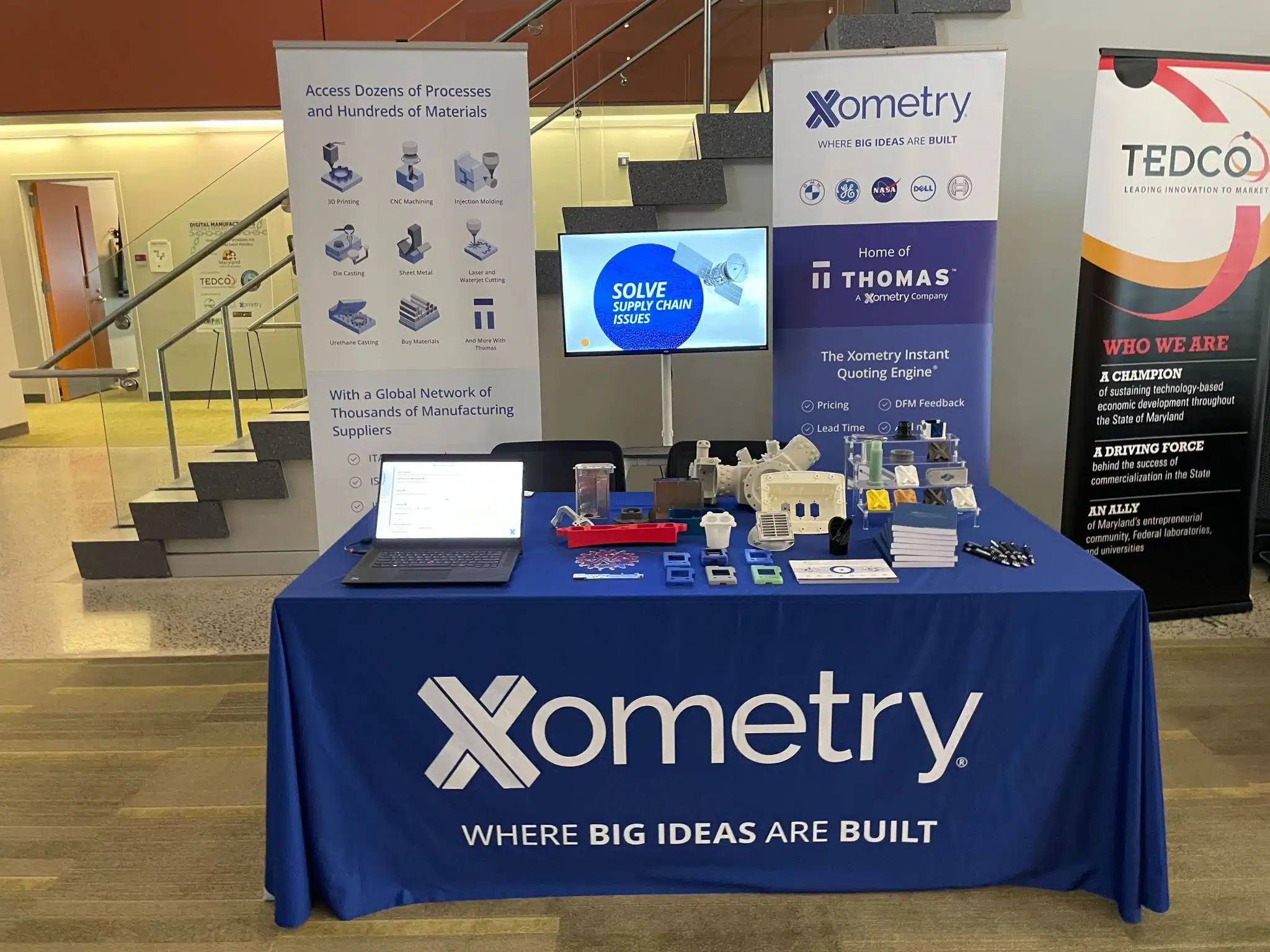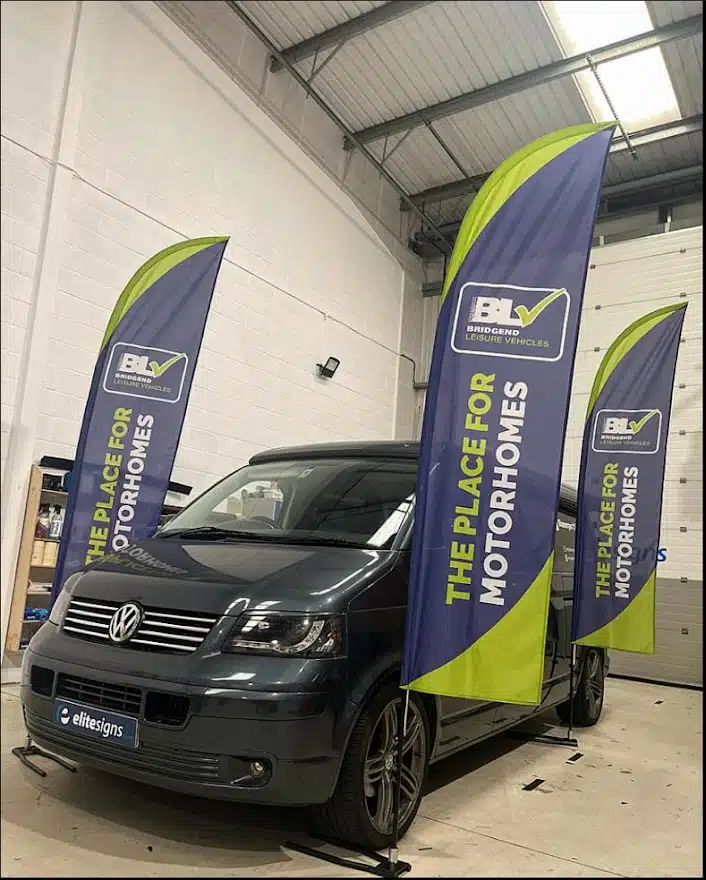Mastering the Art of Trade Show Exhibitions: 5 Expert Tips to Engage and Impress
When it comes to trade shows, the way we act can make all the difference in our level of success. Our attitudes, behaviors, and overall presentation significantly influence the engagement and outcomes we achieve. So, how can you exhibit like an expert and make the most of your trade show experience? To answer this question, we conducted a survey among our customers, gathering their experiences and feedback. Based on their insights, we’ve compiled a list of seven key behaviors that can pave the way to trade show success. Let’s explore them together!
1. Be prepared and ready
When it comes to exhibiting at trade shows, the value of preparation and practice cannot be overstated. While businesses often invest significant time and effort into logistics and materials, it is equally crucial to prepare your team and have a well-defined plan for interacting with visitors.
One essential aspect is developing a compelling pitch that effectively communicates your value proposition. Role-playing with colleagues can help refine your delivery and ensure a natural and engaging conversation flow. Anticipating potential questions and preparing thoughtful responses empowers you to address inquiries with confidence.
Incorporating sales practice is key. Strive to convey information succinctly and clearly, like an elevator pitch, without sounding overly rehearsed or robotic. Finding the right balance is essential to creating a genuine and engaging connection with attendees.
Remember, effective preparation and practice lay the foundation for success at trade shows. By investing time in honing your pitch, role-playing scenarios, and refreshing your knowledge, you’ll be well-equipped to engage visitors and make the most of this valuable opportunity.
2. Choose who’s on your stand
Take as many colleagues as you can with you. 12 hours on your own is quite daunting without breaking away for some downtime. Even if you’re an introvert, be ready to switch on the charm – it’s only for the day after all!
3. Branding clothing
Clothing holds significant potential as a branding tool during trade shows. By carefully selecting and wearing branded attire that aligns with the colors and themes of your printed event display, you can promote recognition and create a cohesive visual identity.
Consider incorporating clothing items that prominently feature your brand logo or tagline. Opting for attire in colors that resonate with your brand image can further reinforce brand association in the minds of attendees. This coordinated approach helps to create a unified and professional appearance, enhancing your overall brand presence.
In addition to branded attire, you may also want to strategize with a colleague who can dress in plain clothes. This deliberate choice allows them to blend in seamlessly with attendees, generating curiosity and stimulating conversations. This tactic can spark interest and create opportunities for organic interactions, as visitors may be intrigued to learn more about your brand.
Remember, clothing goes beyond mere fashion at trade shows—it becomes a powerful visual representation of your brand. By purposefully selecting and coordinating attire, you can leverage this tool to enhance recognition, foster cohesion, and ignite curiosity among attendees. So, make the most of your clothing choices and harness their branding potential for a successful trade show experience.
4. Make sure your stand dont create a barrier
At trade shows, it’s important to address both physical and psychological barriers that can hinder engagement with visitors. Many exhibitors unintentionally create a divide by sitting behind a table, which creates a physical boundary between them and potential attendees. To foster a welcoming atmosphere, it’s crucial not to hide behind your stall but rather position yourselves at the front, ready to greet and engage visitors directly.
In addition to physical barriers, psychological barriers can also deter visitors from approaching your booth. Appearing unavailable or disengaged creates a significant psychological barrier that inhibits interactions. While it may be tempting to use “downtime” to chat with colleagues or browse your phone, it’s essential to recognize that there is no true downtime when you’re supervising your stand. Therefore, always strive to remain accessible and approachable.
By actively engaging with visitors, you break down the psychological barriers and create an inviting environment. Maintain an attentive presence, ready to assist and engage in meaningful conversations. Demonstrating your availability shows visitors that their interaction is valued and encourages them to approach your booth without hesitation.
Remember, both physical and psychological barriers can impede effective engagement at trade shows. By positioning yourselves at the front, actively greeting visitors, and remaining accessible throughout the event, you create a conducive environment for meaningful interactions and opportunities. So, break those barriers, stay engaged, and maximize your trade show experience by fostering genuine connections with attendees.
5. Engage and follow up
Mastery of conversation is a key skill for trade show success. It enables you to gauge the specific needs of your visitors, whether it’s capturing leads, conducting interviews, closing sales, or collecting competition entries. Effective communication involves both speaking and listening attentively, forming the foundation for fruitful interactions.
Discover more about each visitor by engaging in meaningful conversations. Focus on building connections and understanding their requirements. If appropriate, shift the mindset from generating leads to seeking orders, as this approach aligns with fulfilling their needs more directly.
Approaching each encounter as a genuine conversation prevents you from delivering the same rehearsed spiel repeatedly. It allows you to adapt your approach and tailor your responses to address the unique needs of each visitor. By actively listening and engaging in meaningful dialogue, you can identify their pain points and offer relevant solutions.
Remember, the art of conversation goes beyond a one-sided sales pitch. It involves active listening, genuine curiosity, and a desire to understand and fulfill visitor needs. By mastering this art, you can forge deeper connections, provide tailored solutions, and create a memorable trade show experience. So, embrace the power of conversation, and unlock the potential to exceed visitor expectations at every encounter.
Follow up…
Once the trade show concludes, the next crucial step is to initiate follow-ups. Timely and personalized follow-ups can significantly enhance your results. While giving prospects a day to settle back into their office routine and catch up on emails is generally advisable, waiting for too long may cause them to forget the positive impression you made.
To make the most of your follow-up efforts, aim to reach out to prospects within a reasonable timeframe. While giving them a day or two is often considered appropriate, waiting for four or five days increases the likelihood of fading from their memory. Timeliness is key in maintaining the momentum and capitalizing on the rapport established during the trade show.
When crafting your follow-up messages, prioritize personalization. Referencing specific conversations, interests, or challenges discussed during the event demonstrates your attentiveness and reinforces the connection you established. Tailor your message to address their individual needs and showcase how your offerings can provide value.
Remember, effective follow-up is an opportunity to build upon the positive impression you made and nurture the relationship with prospects. By striking a balance between timeliness and personalization, you can keep your brand fresh in their minds and increase the chances of converting leads into valuable customers. So, seize this post-trade show opportunity and make your follow-up a memorable and impactful experience for your prospects.











